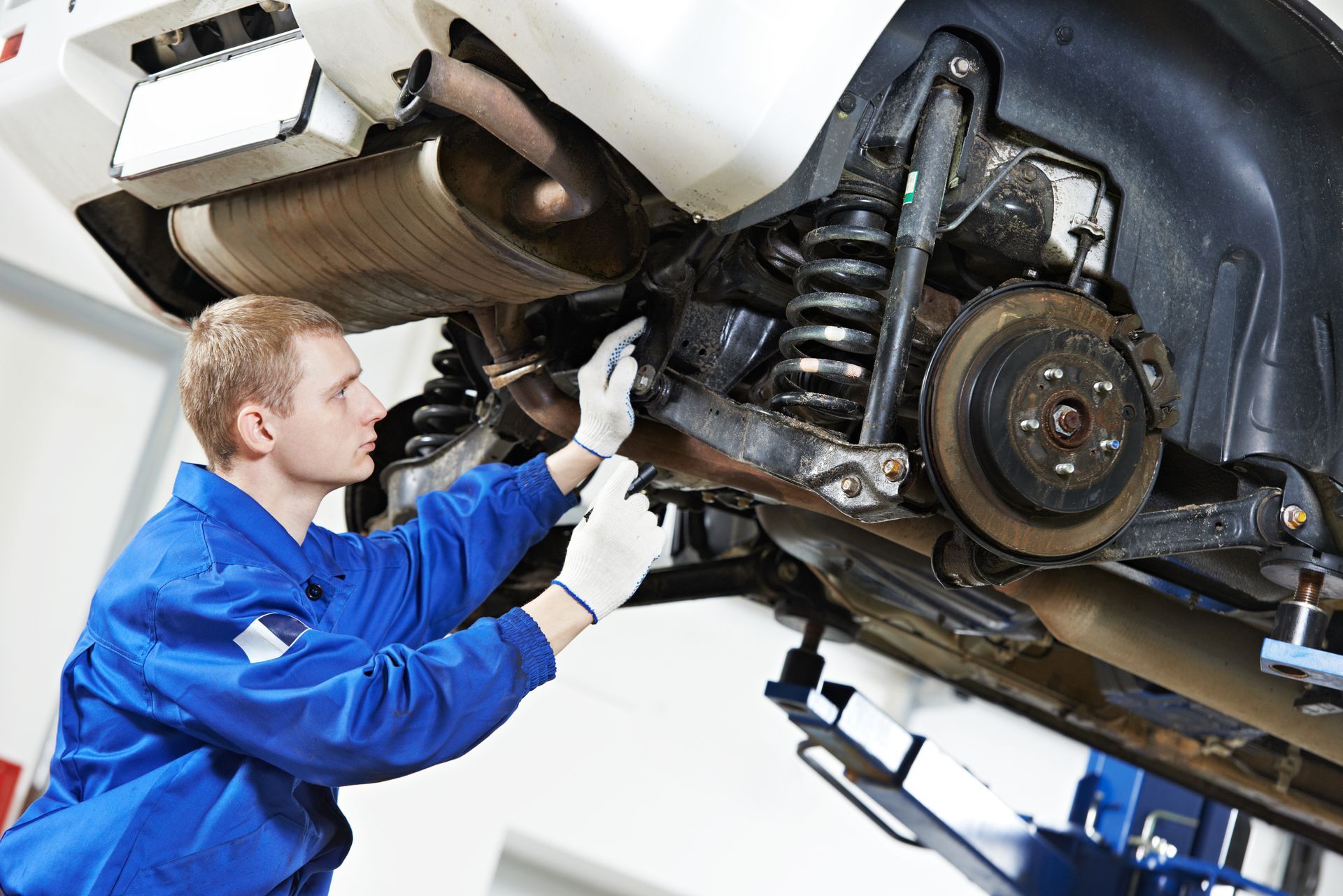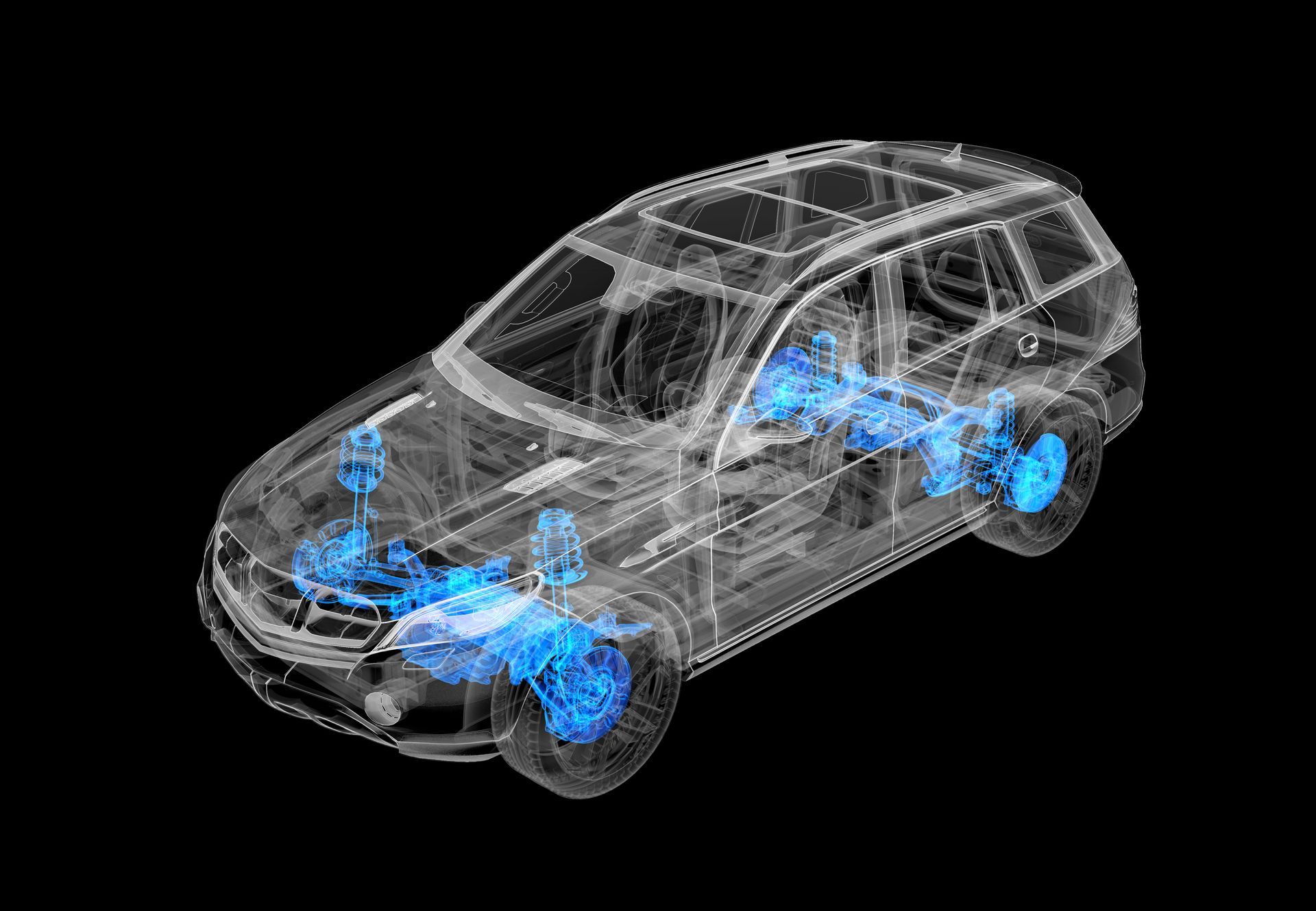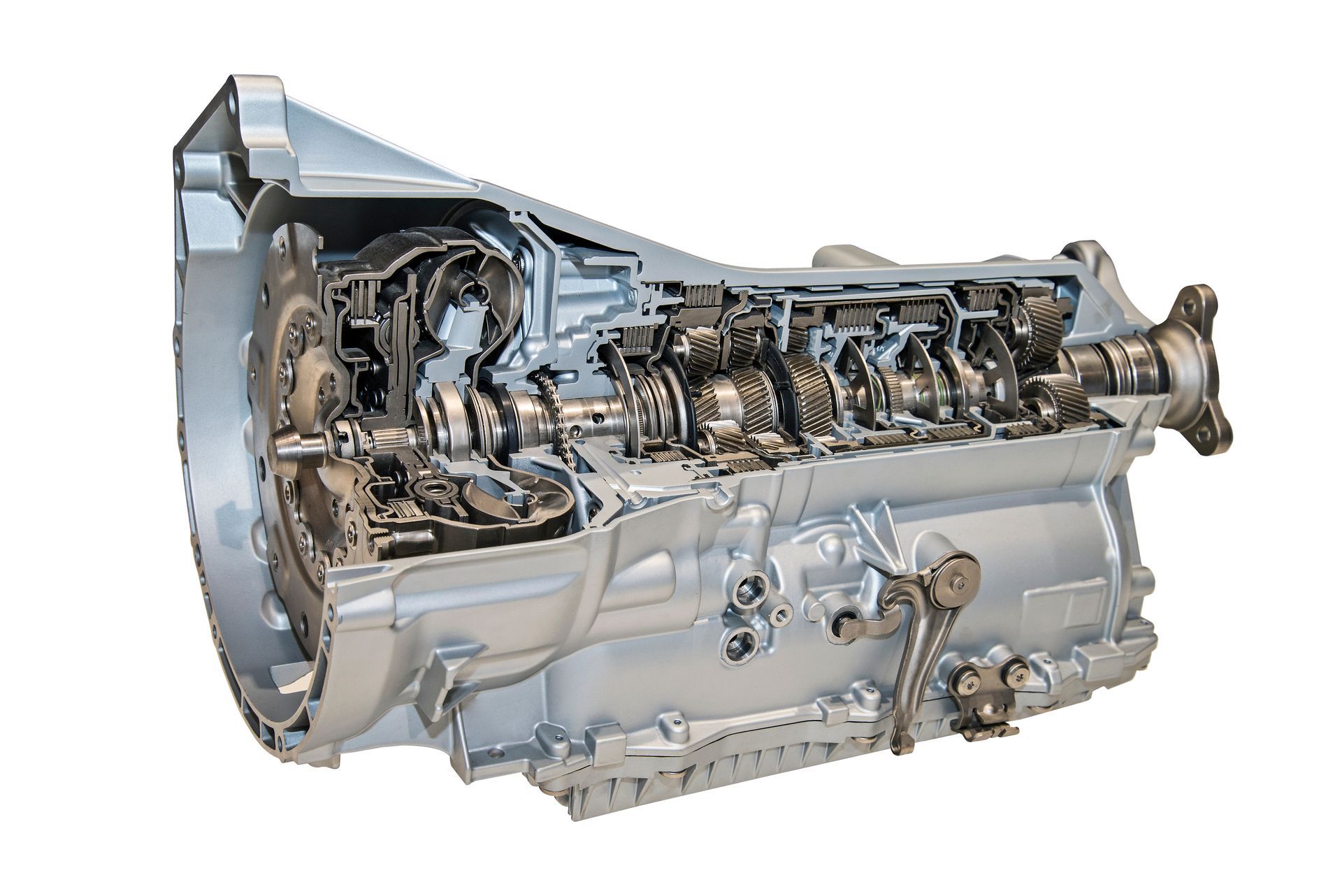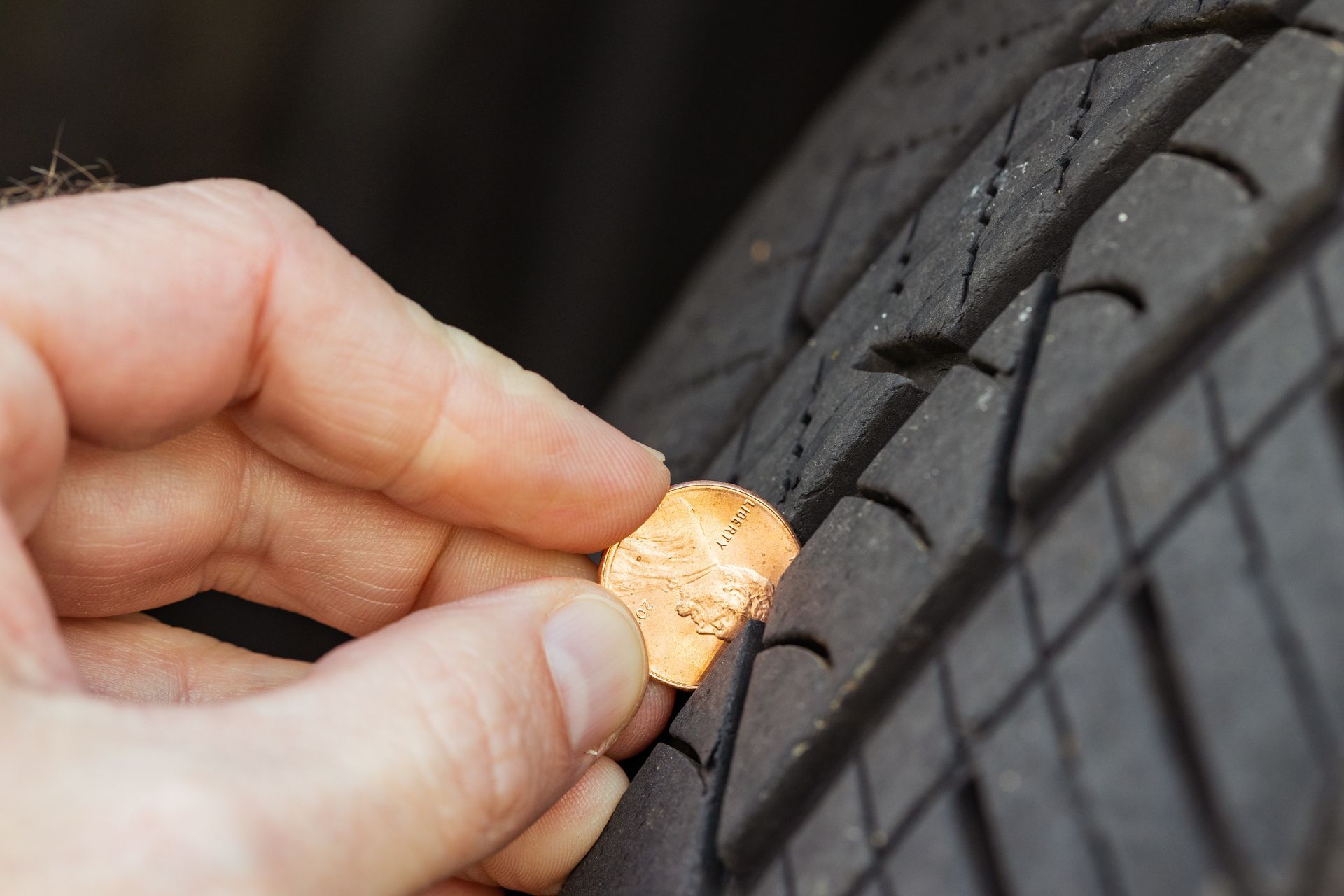Loading ...
Missing business hours data / Error occurred while getting the data.
What Are the Main Components of a Car's Braking System?
October 29, 2024
When you think about your car’s safety features, what’s the first thing that comes to mind? For many drivers, it’s the brakes. The braking system is arguably one of the most critical components of your vehicle, ensuring you can stop on a dime when necessary. But how familiar are you with how it works? To really appreciate the role brakes play in keeping you safe, it’s helpful to understand the various parts that make up this complex system.
A car’s braking system is more than just the pedal you press. It’s a network of components that work together to bring your car to a stop. Let’s take a closer look at the main components of your car's braking system and how they function together to ensure a safe and smooth driving experience.
1. Brake Pedal
The brake pedal is the most familiar part of the system for most drivers—it’s the part you interact with directly. When you press down on the brake pedal, you’re initiating the entire braking process. But what happens next is a bit more complicated than simply "pushing" the brakes. The pressure applied to the pedal is transferred through a system of fluids and mechanical components that ultimately bring the car to a halt.
The brake pedal is crucial because it determines how much force is applied to the rest of the braking system. Light pressure might just slow the car down, while a hard press will cause a more forceful stop. It all starts with the pedal.
2. Master Cylinder
The master cylinder is the part of the braking system responsible for transforming the force applied to the brake pedal into hydraulic pressure. When you press the pedal, the master cylinder pushes brake fluid through brake lines, converting mechanical energy into hydraulic pressure. This pressure is then distributed to the wheels to initiate the braking process.
Without the master cylinder, the force from your foot wouldn't be enough to activate the brakes effectively. This component is essentially the heart of the braking system, ensuring that the force from the pedal is amplified and applied where needed.
3. Brake Lines
Once the master cylinder pressurizes the brake fluid, that fluid needs a path to travel through to reach the brakes at each wheel. That’s where the brake lines come in. These metal or rubber lines carry brake fluid from the master cylinder to each brake component.
The integrity of brake lines is essential for safe braking. If a line is cracked, corroded, or leaking, it can reduce the amount of pressure applied to the brakes and result in ineffective braking. Regular inspections of your brake lines are vital to avoid any dangerous situations.
4. Brake Calipers
Brake calipers are one of the most visible parts of the braking system, often seen through the spokes of a car’s wheels. These components house the brake pads and use hydraulic pressure to squeeze them against the brake rotors, generating the friction needed to stop the vehicle. Essentially, they act as a clamp that forces the brake pads to contact the rotors.
Brake calipers come in two main types: floating and fixed. Floating calipers move slightly to adjust to the rotor, while fixed calipers are stationary and rely on multiple pistons to apply pressure. Regardless of the type, brake calipers are essential in translating hydraulic pressure into physical force.
5. Brake Pads
Brake pads are another crucial component in the braking system. These are the parts that actually create the friction necessary to stop your vehicle. When you apply the brakes, the brake pads press against the brake rotors, converting kinetic energy (the energy of your car moving) into heat. The more friction created, the quicker your car comes to a stop.
Brake pads are made from a variety of materials, including metallic, ceramic, and organic composites, each offering different levels of performance, durability, and noise reduction. Regularly inspecting and replacing worn brake pads is key to maintaining your car’s braking efficiency.
6. Brake Rotors
Brake rotors, also known as discs, are large metal discs that are mounted to each wheel. When the brake pads squeeze against the rotors, the resulting friction slows down the rotation of the wheel and, ultimately, the car. Brake rotors need to be thick and durable to withstand the immense heat and pressure generated during braking.
Over time, rotors can become worn or warped, reducing braking performance. Regular inspections can help catch these issues early before they impact your ability to stop quickly.
7. Brake Fluid
Brake fluid plays a pivotal role in the braking system by transferring the force from the brake pedal to the brake components. It's a specialized hydraulic fluid designed to withstand high temperatures and pressure. Without brake fluid, the braking system wouldn't be able to create the necessary pressure to activate the brakes. However, brake fluid can degrade over time, absorbing moisture and becoming less effective. This is why periodic brake fluid replacement is important for maintaining optimal braking performance.
Concerned about your car's braking performance? At
Auto Smart, we specialize in brake inspections,
repairs, and maintenance to keep you safe on the road. Schedule your service now for peace of mind.
Loading ...
Missing business hours data / Error occurred while getting the data.
Loading ...
Missing nap lines data / Error occured while getting the data.










